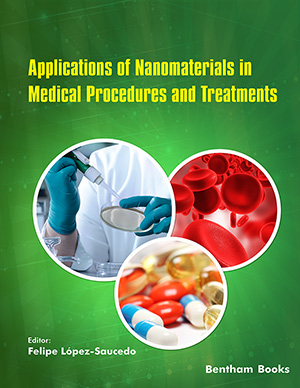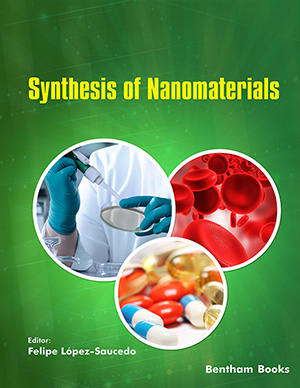Abstract
Advanced approaches that can mimic the structure and function of natural
tissue in tissue engineering applications that use multidisciplinary engineering
approaches to repair damaged or dysfunctional tissues are fed forward by current
engineering applications. Manipulating cells or cell groups in an integrated manner into
the scaffold, similar to the native tissue composition, is the main challenge in these
approaches. Synthetic biology approaches, originating from genetic engineering, based
on the use of advanced tools in the manipulation of cells at the molecular level, are one
of the most current issues in tissue engineering that shed light on the programming of
cells. Synthetic biology tools allow the reprogramming of cells whose transcriptional,
translational, or post-translational molecular mechanisms have been engineered by
stimulating them with intrinsic or extrinsic signals. Combining these advanced and
excellent tools from synthetic biology with materials engineering applications of tissue
engineering is the latest fashion. This chapter discusses going beyond conventional
tissue engineering applications, synthetic biological molecular tools, circuit designs
that allow the complex behavior of cells to be manipulated with these tools, and
approaches that enable the integration of these tools into the material component of
tissue engineering
Keywords: Biomaterials, Biotechnology, CRISPR, Genetic circuit, Genetic engineering, Genome editing, Hydrogels, Laci, Molecular tools, Reprogramming of cells, Saps, Spytag-spycatcher, Synthetic biology, Talens, Teto, Tetr, Tissue engineering, Transcription factors, Virus-like particles, Zfns.






















